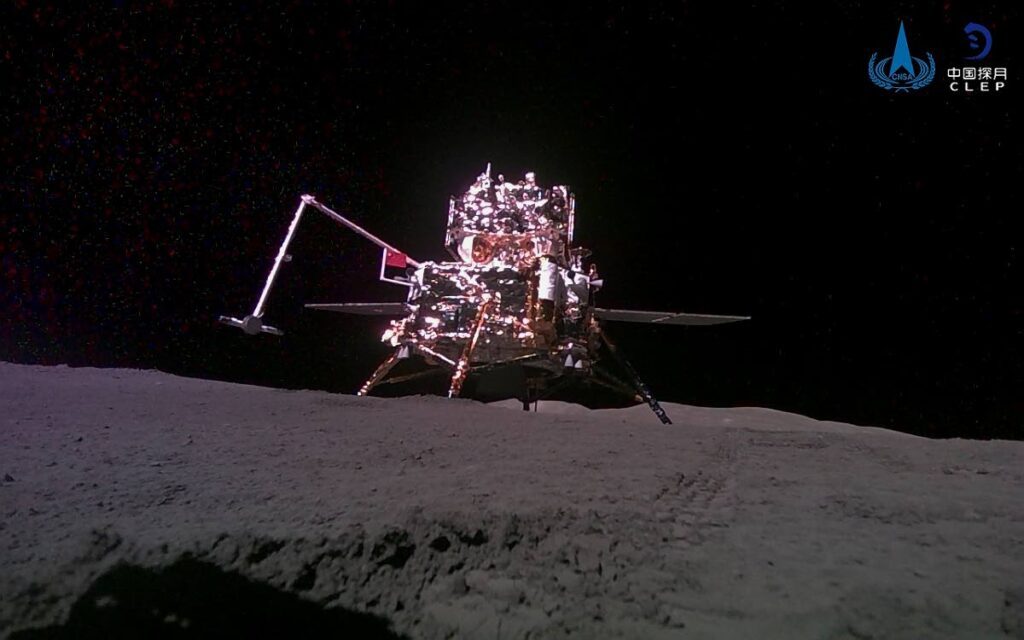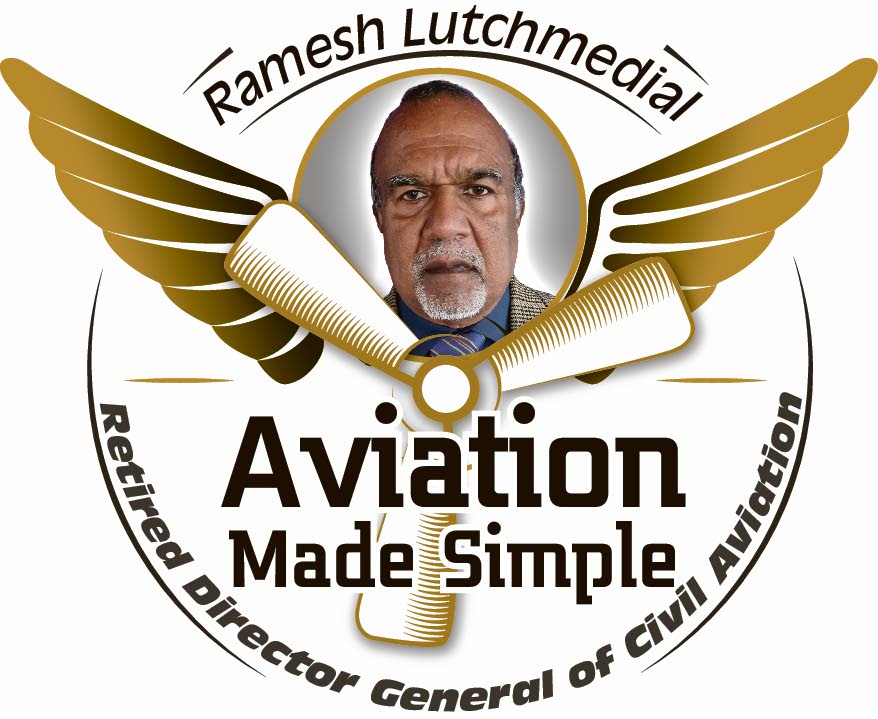Race to conquer the moon

On June 2, China successfully landed an uncrewed craft on an unexplored location on the far side of the moon.
According to the China National Space Administration (CNSA), the Chang'e-6 touched down on the moon’s South Pole Aitken Basin at 6.23 am Beijing time on Sunday morning.
Chang'e 6 is a robotic lunar exploration mission by CNSA. Like its predecessors in the Chinese Lunar Exploration Programme, the spacecraft named after the Chinese moon goddess Chang'e was launched on May 3 and orbited the moon for several days in accordance with the landing sequences before the lander touched down.
As China's second sample return mission, the rover, with its robotic scoop, drilled and took samples from the lunar surface.
The samples were launched back into lunar orbit on June 3 to dock with the orbiter, which will spend four and a half days before heading back to earth.
Once in earth’s orbit, the re-entry capsule with the samples will be released for a soft landing in the deserts of China’s Inner Mongolia region sometime around June 25.
Chang'e 6 will also be doing scientific experiments and investigations on the lunar surface, such as looking for the existence of water ice. The overall mission is expected to last about 53 days.
As part of human exploration of the moon, numerous space missions have been undertaken to study earth's natural satellite.
On August 23, 2023, the Indian Space Research Organization (ISRO) successfully landed the spacecraft Chandrayaan-3 on the moon.
The spacecraft consisted of a lunar orbiter, the Vikram lunar lander and the Pragyan rover.
The main scientific objective of the mission was to map and study the variations in lunar surface composition, as well as the location and abundance of lunar water.
The Soviet Union’s Luna 2 was the first spacecraft to reach the moon's surface successfully, on September 14, 1959.
In 1966, Luna 9 became the first spacecraft to achieve a controlled soft landing.
Luna 10 became the first spacecraft to orbit the moon and was the first artificial satellite of the moon, gathering important data on the strength of the moon's magnetic field, its radiation belts and the nature of lunar rocks.
Between 1968 and 1972, the US carried out crewed missions to the moon as part of the Apollo space programme.
Apollo 8 was the first crewed mission to enter orbit in December 1968, followed by Apollo 10 in May 1969.

Six missions landed humans on the moon, beginning with Apollo 11 in July 1969, during which Neil Armstrong and Buzz Aldrin became the first people to walk on the moon.
The ultimate objectives of space superpowers – the US, Russia, China and India – are to establish bases on the moon for further exploration of deep space and to use the moon as a launchpad for crewed missions to other planets such as Mars.
This requires the determination of the amount of water available on the moon’s surface for the production of oxygen and hydrogen to be used as fuel and to sustain human life.
However, a major concern is the weaponisation of the moon’s surface. Owing to the non-adherence by some countries to treaties for controlling the production and use of nuclear weapons, there is growing nihilism about the treaty among the superpowers on the weaponisation of the moon.
The Outer Space Treaty (OST) governs the activities of countries in the exploration and use of outer space, including the moon and other celestial bodies.
The OST was negotiated under the auspices of the UN and opened for signature in the US, the UK and the Soviet Union on January 27, 1967. It entered into force on October 10, 1967. As of March 2024, 115 countries are parties to the treaty, including all major spacefaring nations.
Key provisions of the OST include prohibiting nuclear weapons in space; limiting the use of the moon and all other celestial bodies to peaceful purposes; establishing that space shall be freely explored and used by all nations; and precluding any country from claiming sovereignty over outer space or any celestial body.
The Treaty on the Non-Proliferation of Nuclear Weapons (NPT) is an international treaty whose objective is to prevent the spread of nuclear weapons and weapons technology, to promote co-operation in the peaceful uses of nuclear energy and to further the goal of achieving nuclear disarmament and general and complete disarmament.
Opened for signature in 1968, the treaty entered into force in 1970. As required by the NPT, after 25 years, NPT parties met in May 1995 and agreed to extend the treaty indefinitely.
The Moon Treaty is a multilateral treaty that turns the jurisdiction of all celestial bodies over to the participant countries. All activities would conform to international law, including the UN Charter.
It has not been ratified by any state that engages in self-launched human spaceflight, such as the US and Russia, since its establishment on December 18, 1979. As of May 2024, 17 countries are parties to the treaty. Therefore, it has little to no relevance in international space law.
Based on a mandate adopted by the UN General Assembly on December 23, 2016, the UN adopted the Treaty on the Prohibition of Nuclear Weapons (TPNW) by the UN on July 7, 2017.
But 69 nations did not vote, among them all the nuclear-weapon states and all NATO members except the Netherlands.
The TPNW is the first UN agreement that comprehensively prohibits nuclear weapons, with the ultimate goal being their total elimination. It came into force on January 22, 2021.
The TPWN prohibits developing, testing, producing, stockpiling, stationing, transferring, using and threatening to use nuclear weapons.
As of January, the TPNW has 70 states parties: 66 states have ratified the TPNW and another four have acceded to it.
Russia has on several occasions threatened to use tactical nuclear weapons in its war with Ukraine should the Western countries continue to supply conventional weapons that can turn the war in favour of Ukraine.
The first country that weaponises the moon will effectively have conquered it.

Comments
"Race to conquer the moon"